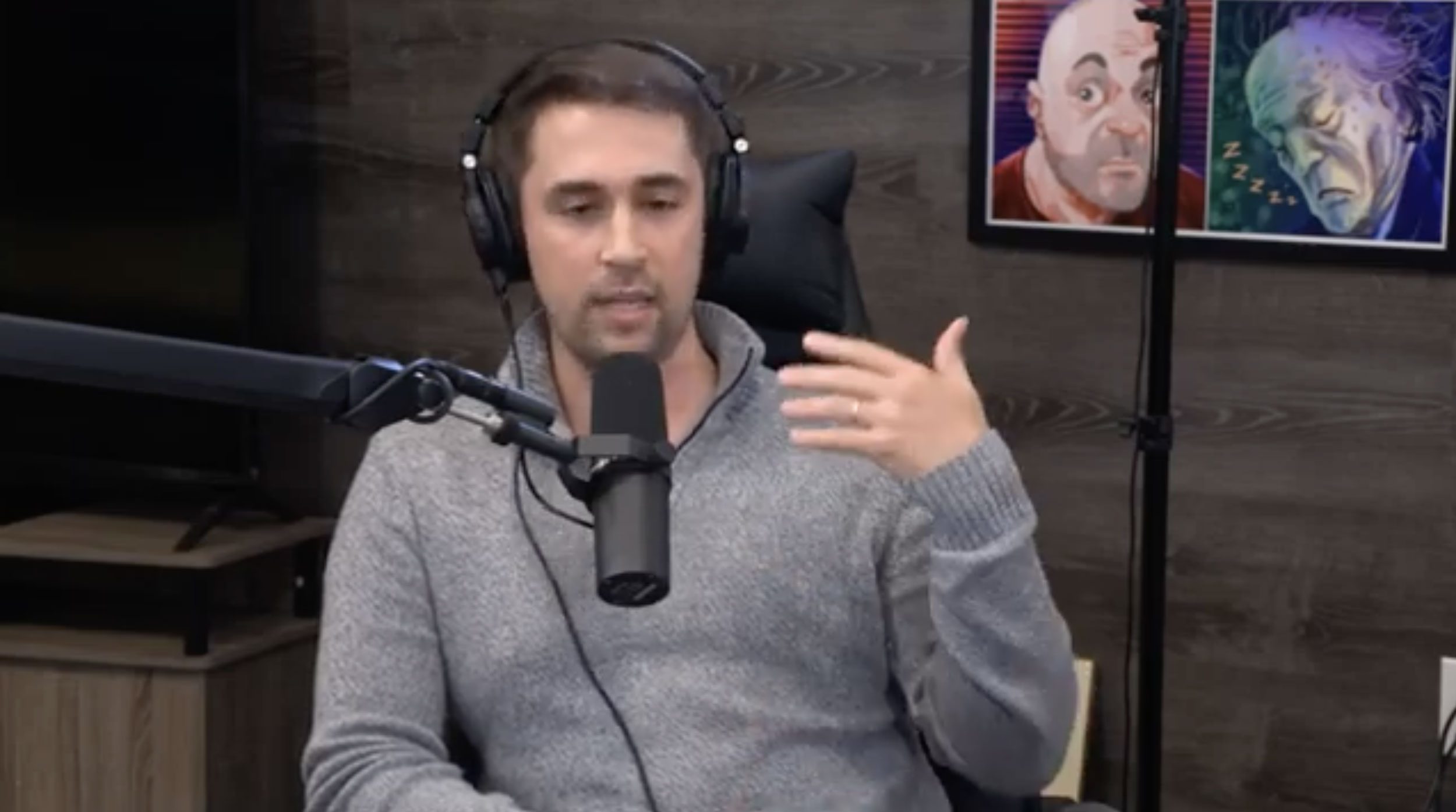

I hold that CRT in its historically original and proper sense is a legal movement aimed at understanding, resisting, and remediating how US law and legal institutions such as law schools have fostered and perpetuated racism and white supremacy before and after Brown v. Hence, as we’ll see, it isn’t easy to identify the central tenets of “CRT.” As one of CRT’s founders Kimberlé Crenshaw wrote, “the notion of CRT as a fully unified school of thought remains a fantasy of our critics.” Diversity of belief, method, and concerns among the things that, in one sense or another, are CRT has markedly increased the past twenty-one years. This was true back in 1999, when the CRT movement was but ten-years old. There is an enormous variety of opinion under the CRT banner. Inevitably, I disappoint these inquirers. Since I work on CRT, they’re hoping I can catch them up to speed. And for most, CRT is something they’ve just started hearing about.

Lately, many people are asking me the same question: “What are the main tenets of Critical Race Theory (CRT)?”įor most, their interest in CRT arises from recent civic and ecclesiastical condemnations of/ divisions over it.

#Critical race theory tenets three series#
This is the first meditation of a multipart series considering different proposals of what constitutes Critical Race Theory’s common themes (or, for some, central tenets).


 0 kommentar(er)
0 kommentar(er)
